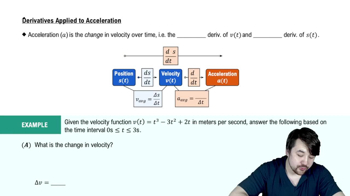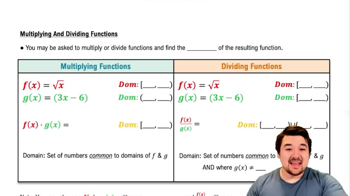Suppose the position of an object moving horizontally along a line after t seconds is given by the following functions s = f(t), where s is measured in feet, with s > 0 corresponding to positions right of the origin.
On what intervals is the speed increasing?
f(t) = 18t - 3t2; 0 ≤ t ≤ 8






